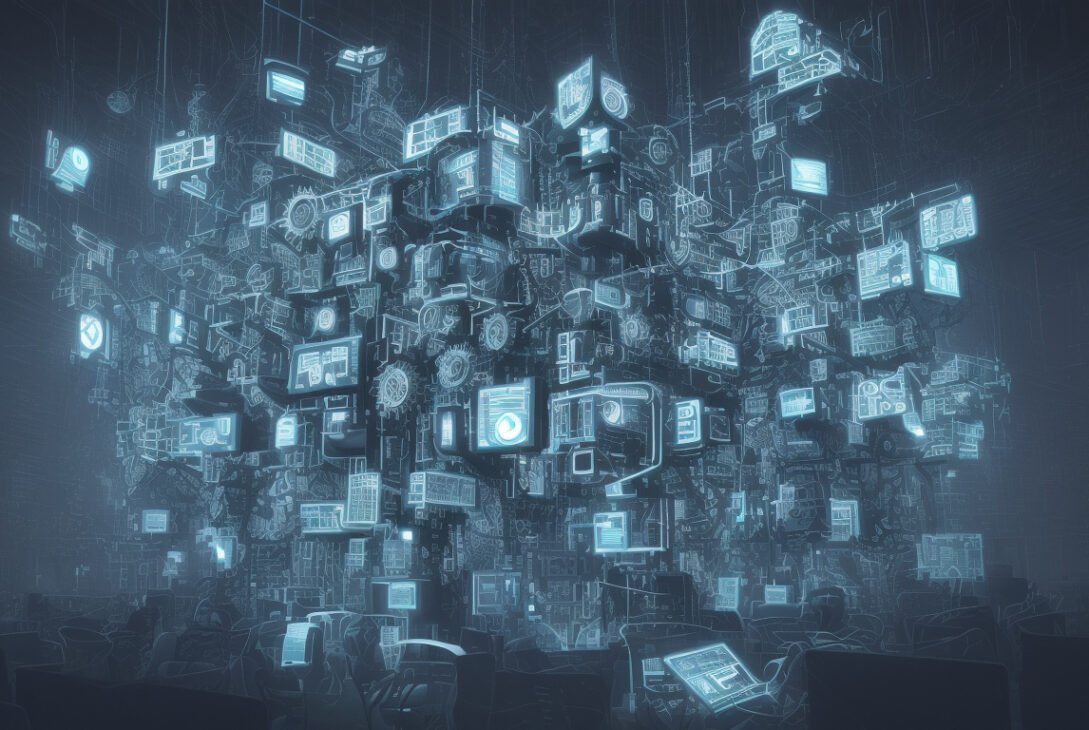The Hidden Downsides of Contact Center Agent-Assist Technology
Published: August 13, 2025 | By Charlie Mitchell, CX Today
As contact centers embrace the future of customer experience, more than half of CX leaders are prioritizing investments in real-time agent-assist technology. This wave of innovation, fueled by generative and agentic artificial intelligence (AI), promises to revolutionize how agents interact with customers—offering tools that auto-draft responses, provide prompt knowledge articles during calls, transcribe conversations, auto-summarize interactions, and even deliver automated coaching suggestions.
However, despite the excitement surrounding these advances, many contact centers are discovering that agent-assist technologies come with significant challenges that can hinder their effectiveness and frustrate the very agents they are designed to support.
Promising Benefits Meet Real-World Challenges
The potential for agent-assist tools to enhance agent productivity and customer satisfaction is widely acknowledged. Features like automatically generated response drafts across multiple digital channels reduce manual effort and speed up service. On-call real-time knowledge delivery helps agents resolve issues more quickly, while transcription and summarization capabilities streamline documentation work and coaching interventions.
Yet a 2025 study conducted by researchers from a consortium of Chinese universities highlights pressing drawbacks. Their paper, Customer Service Representative’s Perception of the AI Assistant in an Organization’s Call Center, reveals frequent performance failures even in basic scenarios:
- Real-Time Transcription Failures: The technology often freezes after the first ten minutes of a call, compromising the flow of information.
- Language and Dialect Issues: Frequent errors crop up when customers switch between languages, accents, or dialects.
- Data Interpretation Problems: AI struggles with recognizing phone numbers and addresses, forcing agents into time-consuming manual corrections.
Such issues introduce new burdens on contact center agents that go beyond mere inconvenience.
The Threefold Burden on Agents
The study categorizes these challenges into three distinct types of burdens experienced by agents:
- Learning Burden: Agents must figure out workarounds when technology fails, increasing their cognitive load during already demanding interactions.
- Compliance Burden: AI-generated outputs frequently misalign with internal policies because the underlying language models lack domain specificity, prompting agents to spend extra time ensuring compliance.
- Psychological Burden: Superfluous or irrelevant suggestions, such as next-best-action prompts during high-pressure moments, can irritate agents and distract them from truly listening to customers.
While this research sample is limited, anecdotal evidence and other studies reinforce the notion that agent-assist technologies often fall short of expectations.
Resistance and Adoption Hurdles
A 2023 Gartner report found that around 45% of contact center agents avoid adopting new technologies. Poor performance and inaccurate outputs are key reasons behind this resistance. Janet Vito, Senior Vice President of Marketing at Cyara, notes the three core challenges commonly faced in agent-assist deployments:
- Response Accuracy: Bots that provide inconsistent or incorrect information frustrate both agents and customers.
- Timeliness of Information: Even accurate advice is rendered useless if delivered too late during live interactions.
- Integration Complexity: Agent-assist tools must seamlessly work within complex contact center environments, but integration is often difficult and resource-intensive.
Missing the mark on any of these areas risks wasting investment and damaging reputations.
A Smarter Approach: Assurance and Validation
Traditionally, validating agent-assist technology requires quality analysts to manually test thousands of scenarios, a time-consuming and tedious process prone to slowing innovation. Here, automation solutions like Cyara Agent Assist Assurance (Cyara AAA) bring much-needed efficiencies.
Cyara AAA integrates directly with popular platforms including Genesys Cloud, Google Customer Engagement Suite, and Kore.ai, enabling:
- End-to-End Simulation: Realistic conversations between customers and agents are simulated to validate if AI suggestions are accurate, timely, and contextually relevant.
- Automated Alerts: Immediate notifications sent to IT when issues arise, allowing prompt resolution.
- Quality Experience Delivery: Guaranteeing consistent, high-quality interactions for both agents and customers.
Janet Vito emphasizes that Cyara’s approach ensures AI remains trustworthy and dependable, supporting contact centers through the complicated transition toward AI-powered operations.
Balancing Innovation with Practicality
Agent-assist technology is poised to transform contact center operations, but its value depends on reliable, compliant, and user-friendly implementation. Without thorough and ongoing validation, the risk of technology-driven frustration and agent disengagement grows, potentially stalling much-needed innovation.
As Cyara AAA and similar assurance tools evolve to support next-generation agentic AI platforms, contact centers can adopt a measured approach—leveraging powerful AI capabilities while safeguarding agent productivity and customer experiences.
Janet Vito summarizes, “As AI becomes more capable, it must also remain trustworthy, accurate, and timely. These pillars are essential for delivering exceptional experiences.”
Learn more about Cyara Agent Assist Assurance at: cyara.com
Related Articles:
- Voiso Wants to Make AI Less Theoretical and More Useful
- Choosing The Best AI Provider for Your Contact Center
- Why Voice Automation Is Finally Ready to Resolve, Not Just Redirect
- Trust or Bust: How to Secure Contact Center AI
Stay Updated: Subscribe to our free weekly newsletter for the latest news, insights, and reviews in customer experience and contact center technology.
© 2025 Today Digital










